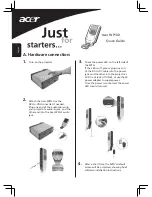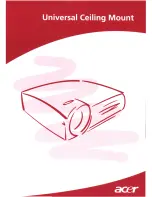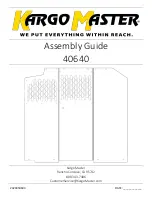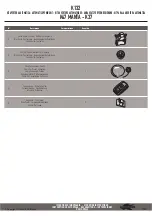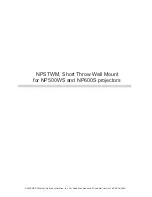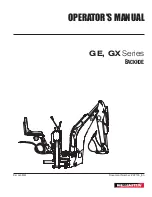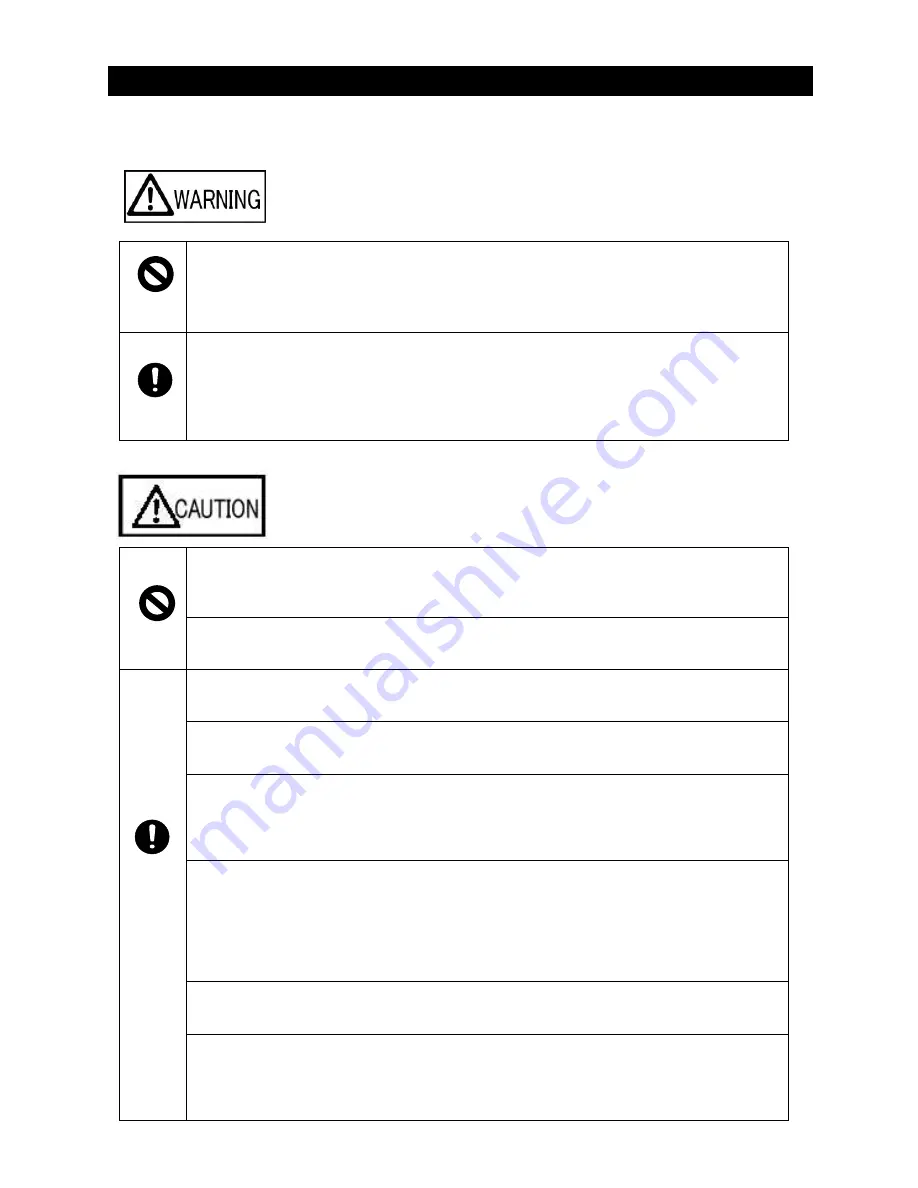
4
2-2 Precautions for embedding the device
This section describes precautions to be taken especially when embedding this device
into a unit.
When securing the weighing pan or tare to the installation boss, do not
apply a turning force or pressing load to it that is higher than the
allowable values.
When a force higher than the allowable value is applied, the mechanical section
may become damaged.
Completely debug automated equipment before embedding the device in
that equipment.
After debugging and handling of the automated equipment and various
positioning has been completed, embed the actual product (weight measuring
sensor) in that unit and then operate it. Using the product before debugging is
complete might damage the product.
Do not install the device in a place where air blows from an air
conditioner.
Weighing may become difficult due to the effect of the wind or the temperature
may become unstable causing weighing errors.
Install the device away from direct sunlight.
The temperature of the weight measuring sensor might become unstable which
causes inaccurate weighing.
Adjust the level of the installation location to ensure the weight
measuring sensor will be installed on a level surface.
Weighing errors will occur if not level.
Calibrate the weight measuring sensor after the main unit is installed.
(1) Be sure to calibrate the unit after it is relocated.
(2) After that, periodically recalibrate the weight measuring sensor.
Place motor-driven devices and electromagnetic solenoids at least 50mm
away from the weight measuring sensor.
The unit might be affected by magnetic material that makes it unsuitable for
weighing such as magnetic sources including permanent magnets. However, it
is okay to place the weight measuring sensors in close contact with each other.
Eliminate static electrical charges.
(1) When an insulating material such as resin is used for a tare or container, the
weighed value might be wrong due to effects from static electrical charges.
Use a glass windshield, a resin windshield with conductive filler, or a metal
container.
(2) To remove the static charges, ground the weight measuring sensor to the
device chassis.
When IP65 performance is required, be sure to use waterproof cables and
connector plugs (optional).
Using a non-waterproof type will not satisfy protection class IP65 conditions.
Positioning of the weighing jig
When attaching a positioning pin to determine the position of the weighing jig,
use a taper pin whenever possible to protect the weight measuring sensor.
If using a parallel pin is unavoidable then allow some room in the gap for
inserting and removing the pin.
Summary of Contents for UD-1
Page 52: ...48 Appendix 3 Outlines Weight measuring sensor UF 620 UF 3200 ...
Page 53: ...49 Indicator ...
Page 54: ......
Page 55: ...はくし ...
Page 56: ...はくし ...
























